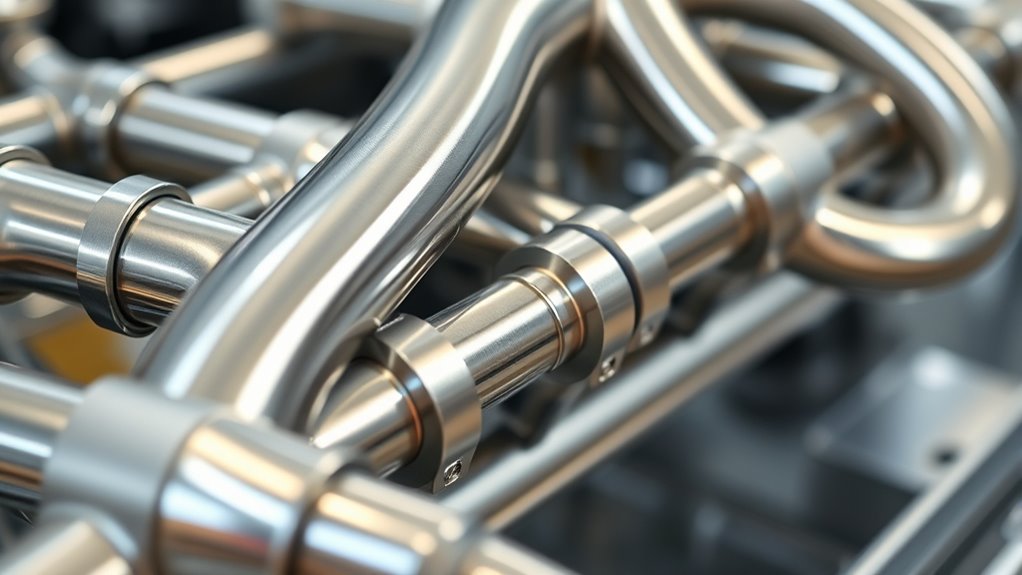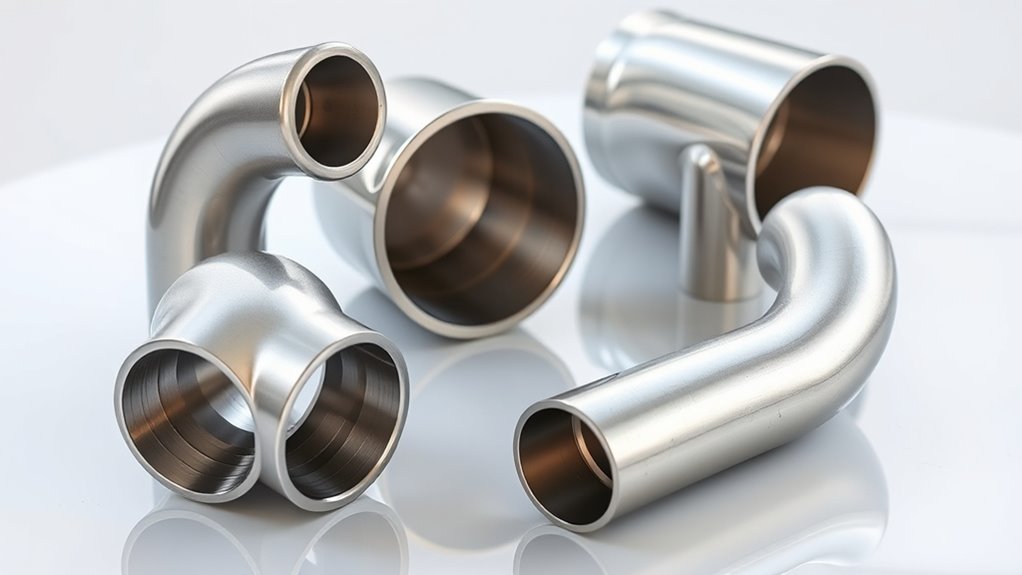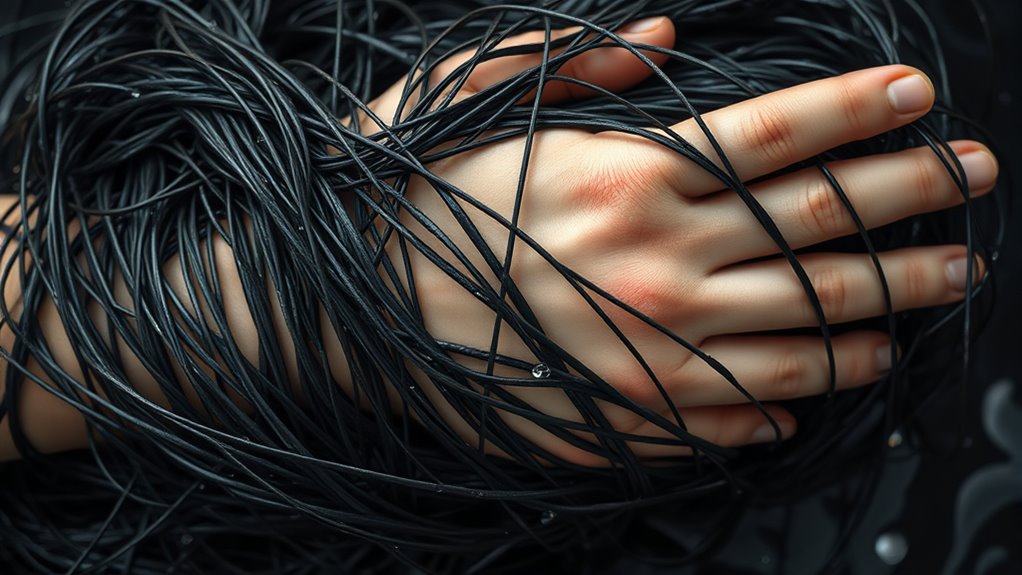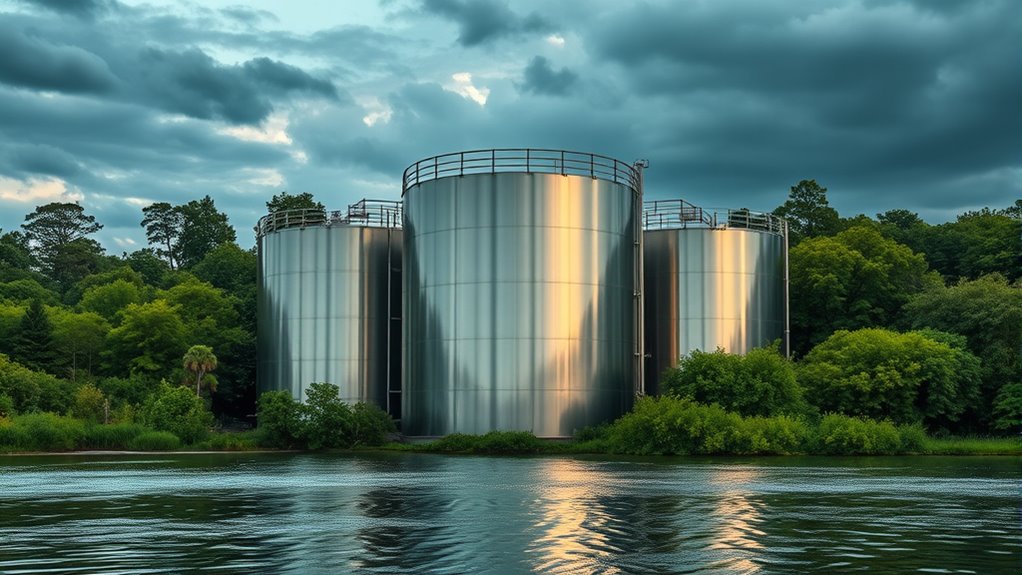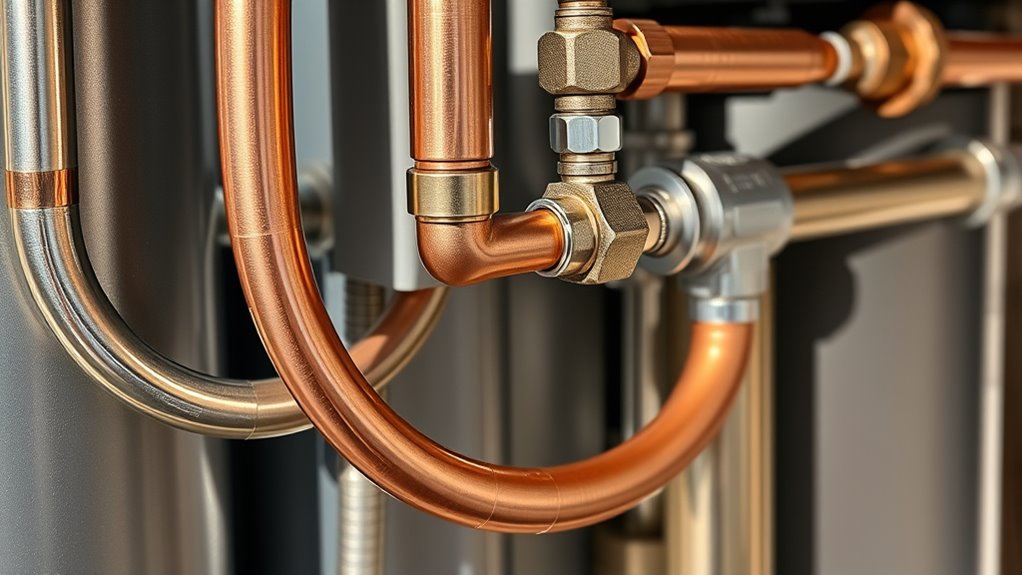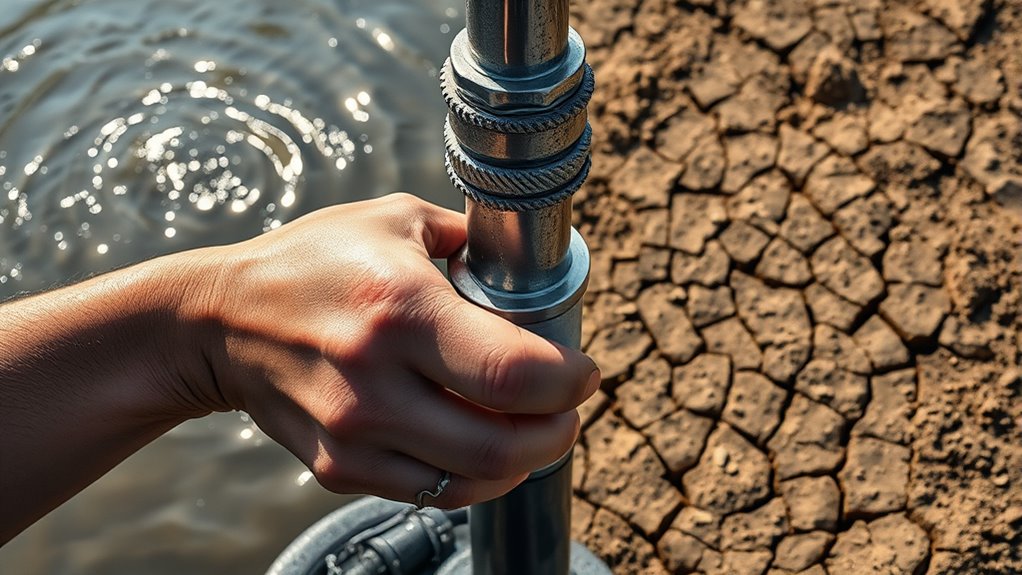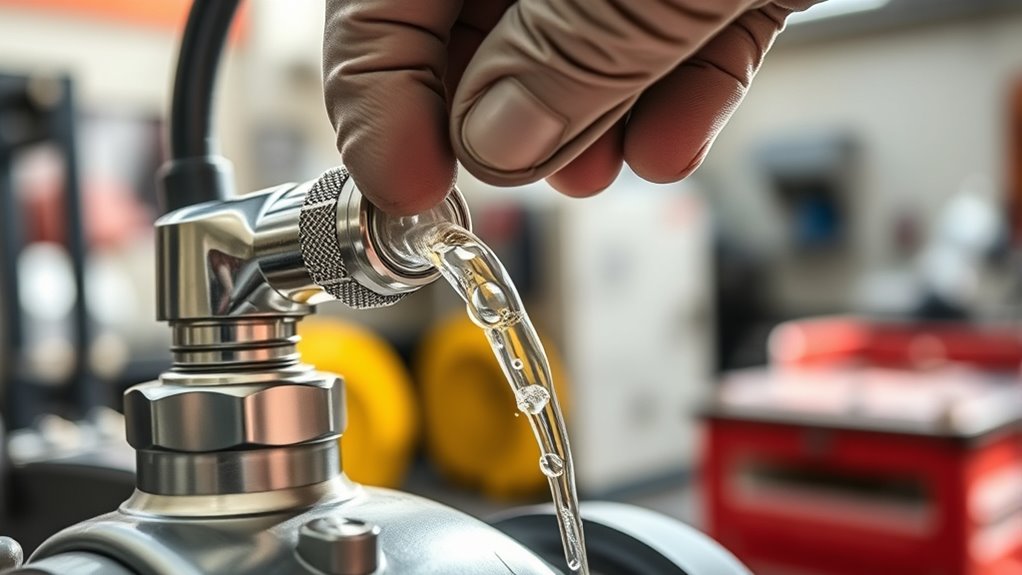A well-designed manifold and header system ensures even distribution to multiple returns, and understanding the key factors can optimize your setup.
Hydraulic Losses at Fittings: 90S Vs 45S Vs Sweeps
Straightforward differences in hydraulic losses at fittings like 90°, 45°, and sweep bends influence system efficiency—discover which fitting best balances flow and pressure.
Entrapment Physics: Hair, Limb, and Body—How to Prevent
Discover how understanding entrapment physics can help you prevent hair, limb, and body injuries before it’s too late.
Surge Tanks & Balance Tanks: Leveling Big Water Features
Properly designed surge and balance tanks are essential for leveling big water features, but understanding their optimal use can prevent costly system issues.
Bypass Loops: When to Route Around the Heater or Filter
Maintaining system efficiency often requires routing around heaters or filters with bypass loops; discover when and how to implement them effectively.
Cavitation: The Bubble Phenomenon That Destroys Impellers
Cavitation happens when vapor bubbles form inside your pump due to low…
Priming a Pump: Physics of a Flooded Vs Dry End
Understanding the physics behind flooded versus dry pump ends reveals how proper priming impacts efficiency and prevents damage—read on to uncover the full story.
Air Relief & Bleeders: Purging a System the Right Way
To purge a system the right way, start by safely isolating the…
Check Valves: Where They Belong and Why They Fail
Theories behind check valve placement and failure reveal crucial insights that can safeguard your system—discover how to prevent costly malfunctions.
Three‑Way Diverter Valves: Inside the Most Useful Pool Valve
Just how do three-way diverter valves work inside your pool system, and why are they essential for smooth water management?
